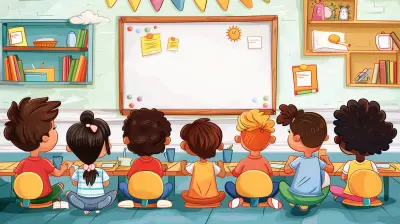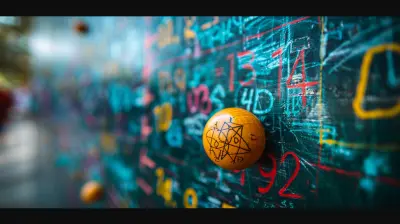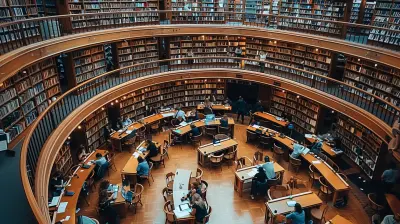Collaborative Learning for Social Justice Education
28 August 2025
When you think about your typical classroom, what comes to mind? Probably desks in neat rows, a teacher at the front, and students quietly taking notes, right? But what if we flipped the script? What if students weren’t just passive listeners, but active thinkers and doers? That’s the heart of collaborative learning—especially when it comes to social justice education.
In a world where inequality and injustice are still very real, teaching social justice isn't just a nice extra—it’s essential. And guess what? Collaborative learning is one of the best ways to make it stick. Why? Because it puts students in the driver’s seat, encouraging discussion, empathy, and active engagement.
Let’s dive deep into what makes collaborative learning so powerful for social justice education, and how it can completely change the way we teach and learn.
What Exactly Is Collaborative Learning?
First things first: collaborative learning is all about teamwork. It’s an educational approach where students work together in pairs or groups to explore a problem, complete a task, or create a project. Everyone contributes, learns from each other, and builds knowledge together.But this isn’t just group work for the sake of it.
True collaborative learning is intentional. It’s structured to build critical thinking, encourage multiple perspectives, and foster communication. Unlike traditional learning—which can sometimes feel like a one-way street—collaborative learning is more like a conversation among equals.
Imagine building a puzzle. Each student holds a piece. Only by working together can they see the full picture.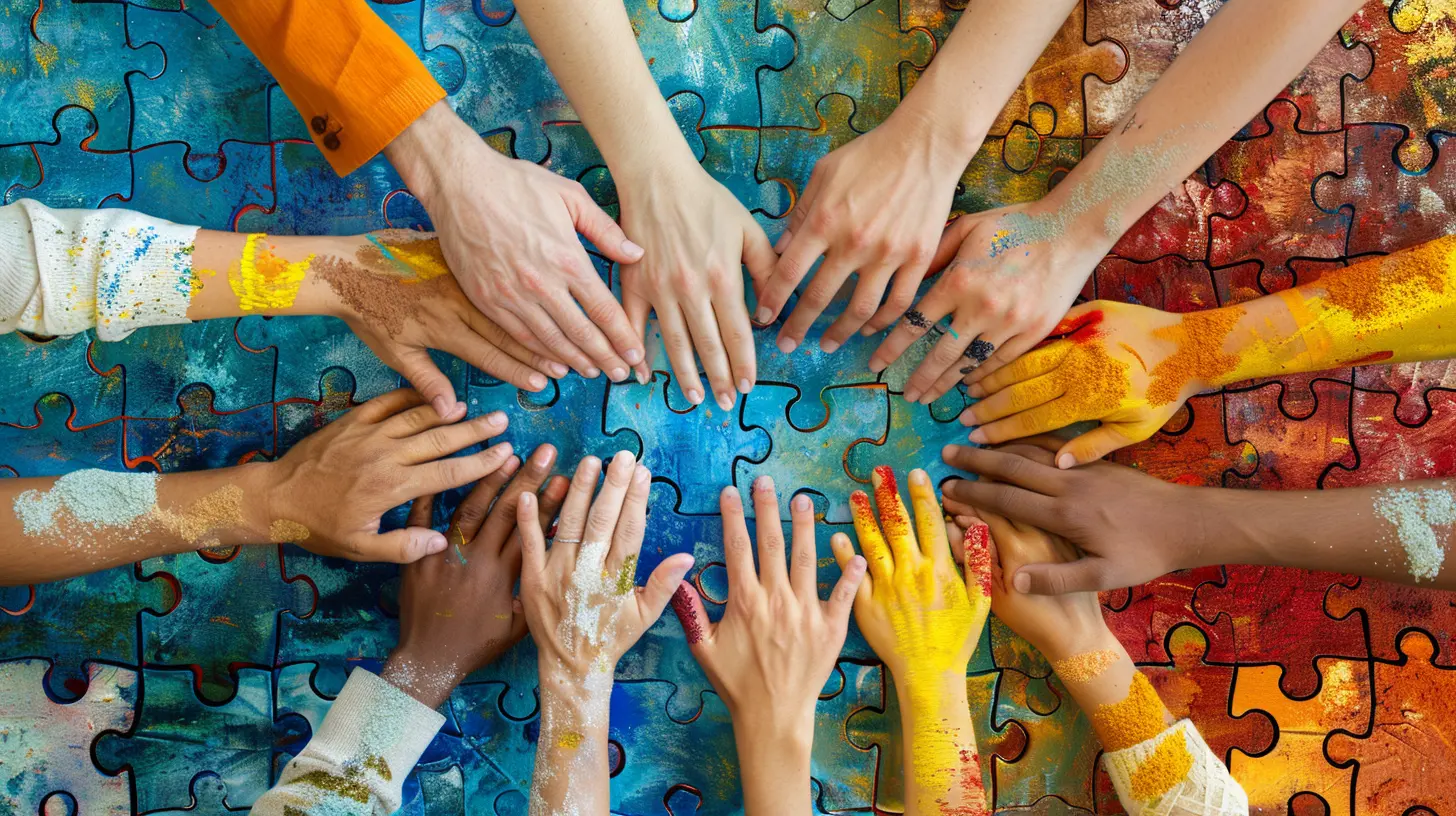
Why Is Social Justice Education So Important Today?
Before we dive deeper, let’s get something straight: social justice education isn’t about pushing a political agenda. It’s about fairness. It’s about teaching students to understand power, privilege, equity, and inclusion. It’s about helping them recognize injustice and giving them the tools to address it.In today's interconnected world, these skills are more important than ever. Our communities are diverse. Our histories are complex. Social justice education helps students navigate that complexity with compassion and clarity.
But here’s the thing: you can’t teach social justice through lectures alone. Students need to feel, question, and actively participate in the learning process. That’s where collaborative learning shines.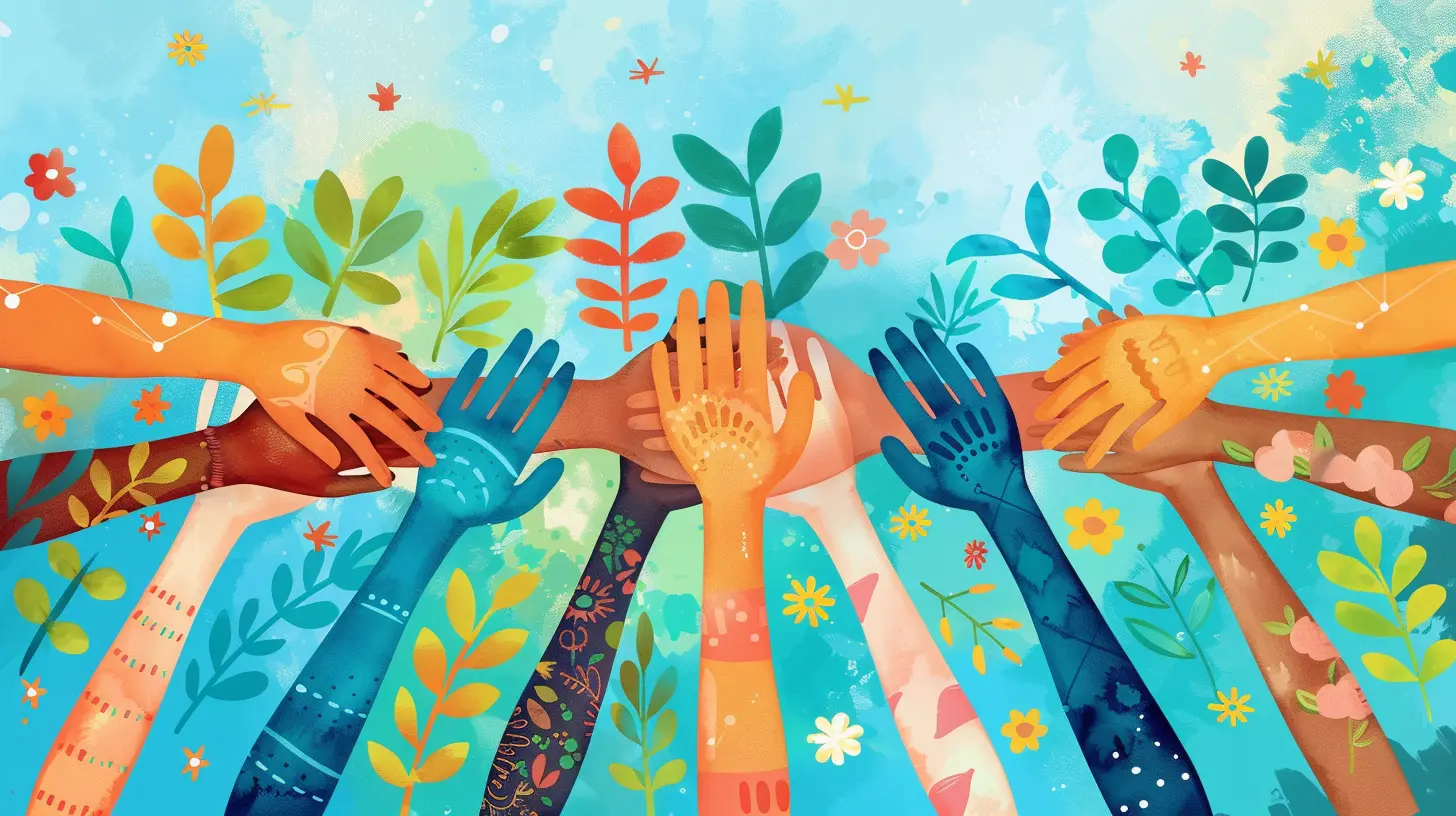
The Sweet Spot Where Collaboration Meets Justice
When collaborative learning meets social justice education, something powerful happens. Students don't just memorize facts about inequality—they feel its impact, understand diverse perspectives, and learn to work with others to create solutions.Let’s break down exactly how collaborative learning boosts social justice learning:
1. 🎯 Encourages Multiple Perspectives
One brain is good. A room full of curious minds? Even better.When students from different backgrounds collaborate, it naturally opens the door to diverse perspectives. Through discussion, debate, and problem-solving, they come to understand experiences outside their own bubble.
Suddenly, the class isn’t just about learning from the teacher—it’s about learning from each other.
2. 💬 Promotes Active Listening and Empathy
In a collaborative setting, communication isn’t optional—it’s key. Students have to listen carefully, respond thoughtfully, and find common ground. These aren’t just academic skills—they’re life skills. Especially when discussing sensitive issues around racism, gender, poverty, or privilege.Empathy grows when students truly hear each other’s stories. That’s the first step toward justice.
3. 🧠 Sparks Critical Thinking
Social justice topics aren’t black and white. They’re layered, nuanced, and often uncomfortable. Collaborative learning encourages students to wrestle with tough questions and challenge their assumptions—in a safe, supportive environment.Together, they can deconstruct stereotypes, analyze policies, and imagine better futures.
4. 💡 Builds Confidence and Agency
There’s magic in realizing your voice matters. When students work together on real-world topics, they see that their ideas can lead to change. It boosts confidence and encourages them to speak up—not just in class, but in their communities.They stop waiting for change to happen and start becoming part of the solution.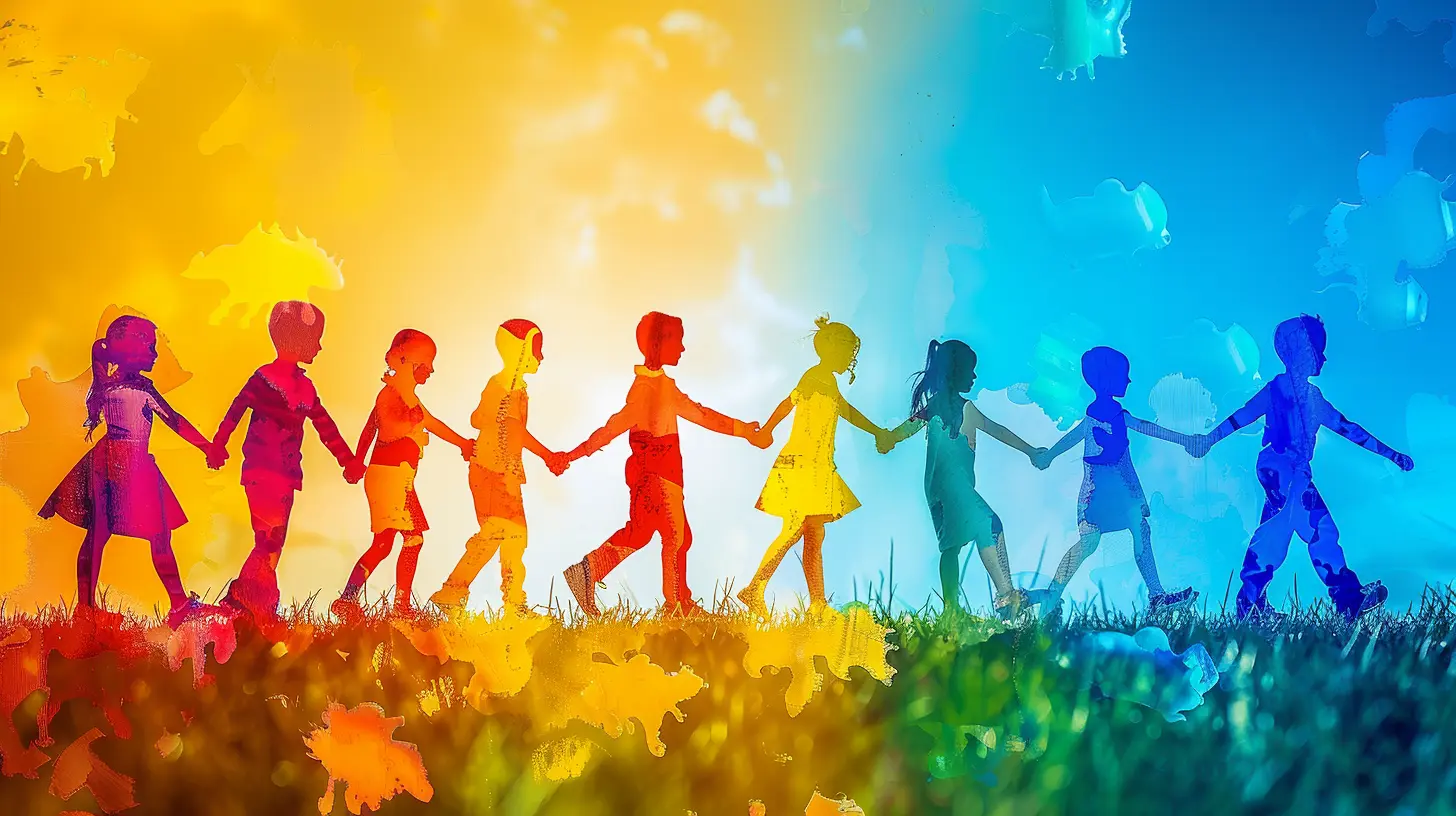
Real Examples: What Does This Look Like in Practice?
Okay, this all sounds great in theory, but what does it look like day-to-day? Let’s peek into some classrooms putting collaborative social justice learning into action:🌍 Group Projects Focused on Local Issues
Imagine students working in teams to research homelessness in their city. They connect with local organizations, interview advocates, and create a multimedia campaign to raise awareness. As they collaborate, they discover the human stories behind the issue—and realize the power of collective action.🎭 Role-Playing Exercises
Students take on roles in historical or fictional social justice scenarios—a civil rights protest, a gender equality debate, or a town hall on immigration reform. Working in groups, they explore different viewpoints and reflect on the choices people make in the face of injustice.Role-playing helps students step into someone else’s shoes—literally.
📚 Collaborative Literature Circles
In an English class, students read culturally diverse novels and meet in small groups to discuss themes of identity, oppression, and resistance. Each student has a role—connector, summarizer, question-asker, etc.—and they rotate weekly. These circles give space for reflection, respectful dialogue, and deeper understanding.Tips for Educators: Making It Work
Want to bring collaborative learning for social justice into your classroom? Here are some practical tips to get you started:✅ Set Clear Goals and Expectations
Collaboration can get messy if there isn’t structure. Set clear goals for each group activity and make sure students know what’s expected of them—not just in terms of deliverables, but also in behavior and engagement.🧩 Build Diverse Groups
Mix up the groups! Diversity in thought, experience, and background enriches the conversation. Avoid putting all students from marginalized backgrounds together—balance is key.🔄 Facilitate, Don’t Dominate
Your role is more guide than guru. Step back and let students take the lead, but be ready to jump in with questions or redirections if needed. Sometimes, the most powerful teaching moments come from student discoveries.🛠️ Address Conflict Constructively
Let’s be real: tough topics might bring tension. Don’t shy away from it. Use conflict as a teaching opportunity—model how to disagree respectfully, challenge ideas (not people), and turn discomfort into growth.🪞 Encourage Reflection
After every collaborative activity, carve out time for reflection. What did students learn? What surprised them? How did the group navigate differences? Journals, discussions, or exit tickets can help students process and internalize the learning.For Students: Why This Matters to You
If you're a student reading this, you might be wondering, "Why should I care?"Because this isn't just about grades or graduation—it’s about the kind of person you want to be.
Collaborative learning for social justice helps you:
- Understand the world through someone else’s eyes.
- Speak up when something feels wrong.
- Find your voice and know it matters.
- Work with others to create a more fair, compassionate society.
These are skills that go way beyond the classroom. They shape how you show up in life.
Challenges to Watch Out For (And How to Overcome Them)
Now, we’re not saying collaborative learning is all rainbows and butterflies. There are bumps along the way.😐 Unequal Participation
Some students might dominate, while others hang back. To fix this, assign roles, rotate tasks, and create accountability systems.🕰️ Time Management
It takes time to do this well. Teachers may feel rushed by tight curriculums. The key? Start small, and build in time for meaningful collaboration.🎯 Staying on Topic
Conversations can veer off-track. Keep them focused with guiding questions, timelines, and clear deliverables.Why This Approach Is Worth It
Here’s the bottom line: the world needs more changemakers. People who can listen deeply, think critically, collaborate effectively, and act for justice.Collaborative learning for social justice doesn’t just teach students about the world—it teaches them how to change it.
Yes, it takes effort. Yes, it requires intention. But the payoff? A classroom of engaged, empowered students ready to make a difference.
And honestly—what could be more powerful than that?
Final Thoughts
Education is never neutral. It either maintains the status quo or it challenges it.So, let’s challenge it.
Let’s make our classrooms places where students don’t just absorb knowledge—they co-create it. Where they don't just hear about justice—they live it. Where collaboration isn't just a teaching strategy—it's a stepping stone to equity, empathy, and real-world change.
Are you ready to reimagine the way we teach and learn? Because this journey isn’t just for educators or students—it’s for all of us. And it starts with working together.
all images in this post were generated using AI tools
Category:
Collaborative LearningAuthor:

Bethany Hudson
Discussion
rate this article
1 comments
Carmel Willis
This article beautifully highlights the importance of collaborative learning in promoting social justice. By fostering inclusivity and encouraging diverse perspectives, we can empower students to engage critically with social issues. Thank you for sharing these valuable insights on transformative education!
September 17, 2025 at 12:01 PM

Bethany Hudson
Thank you for your thoughtful comment! I’m glad you found the insights valuable and share the belief in the power of collaborative learning for social justice.
